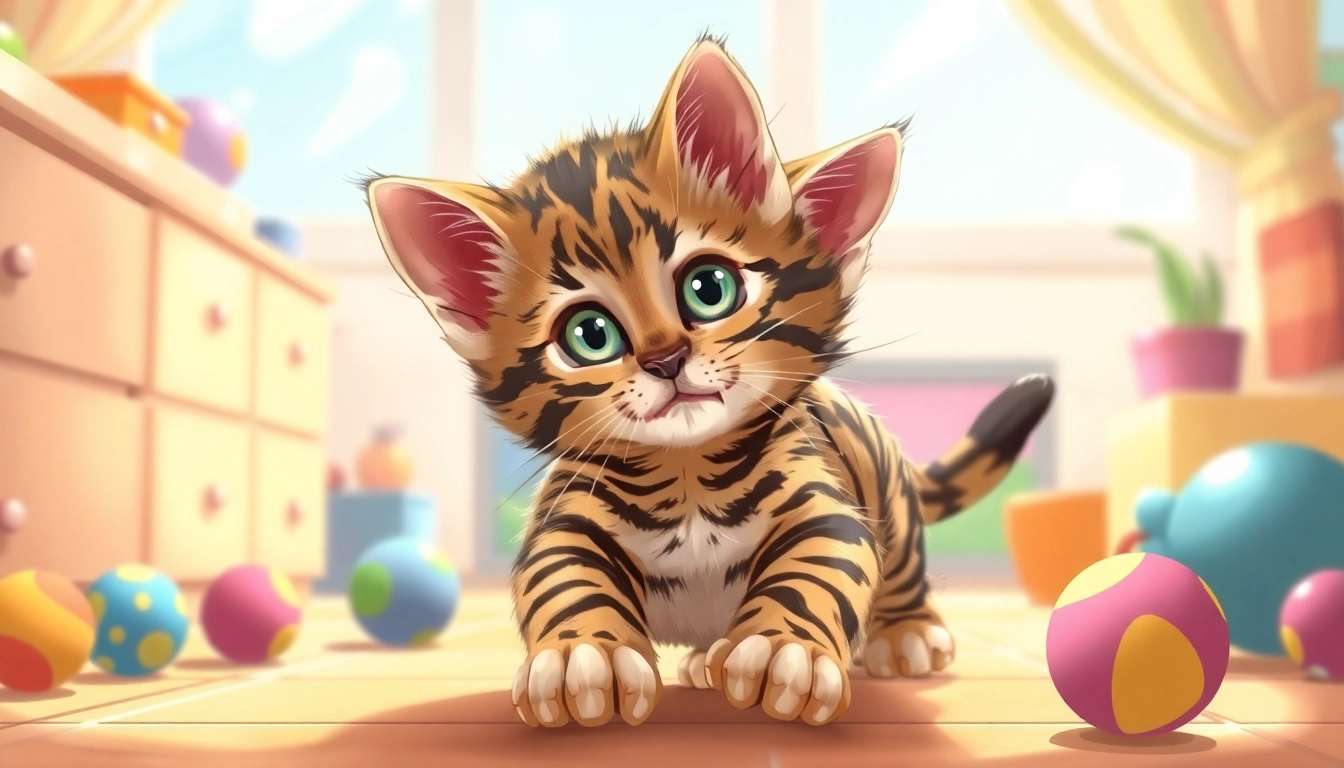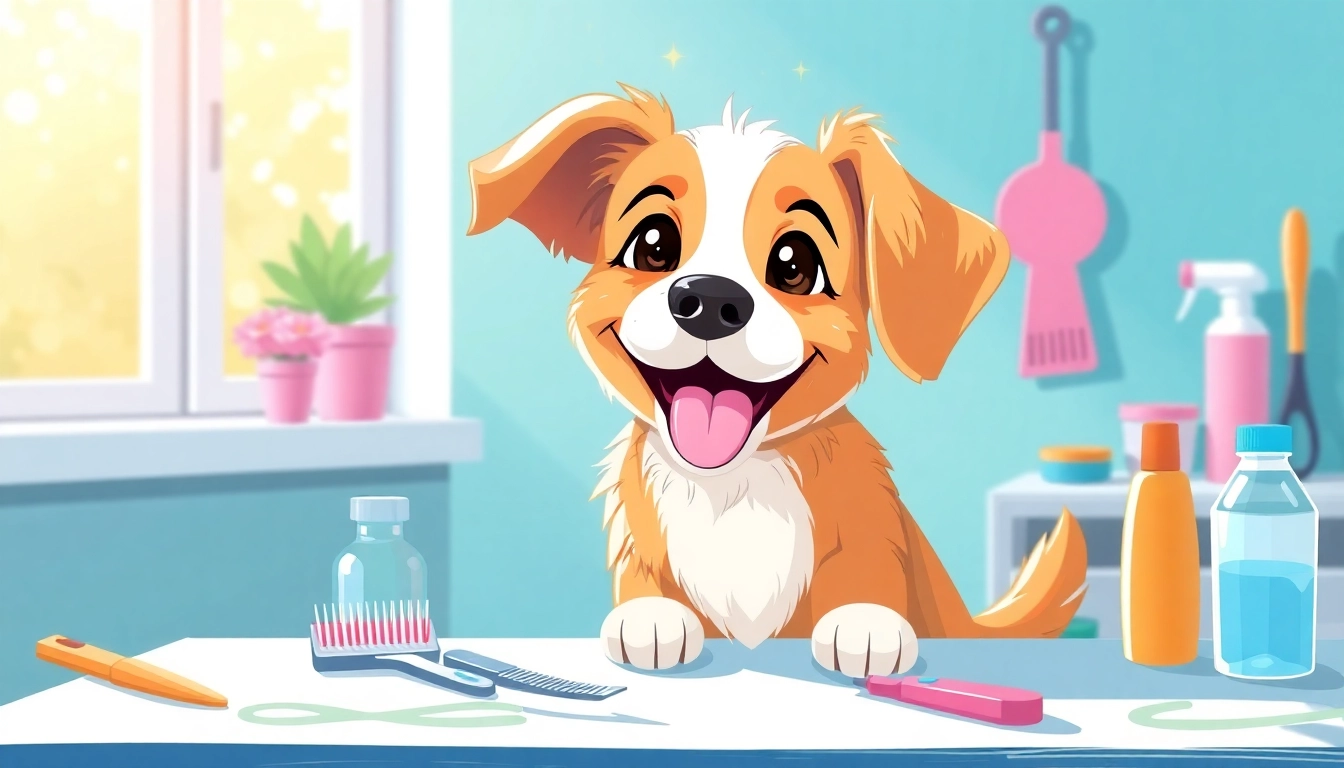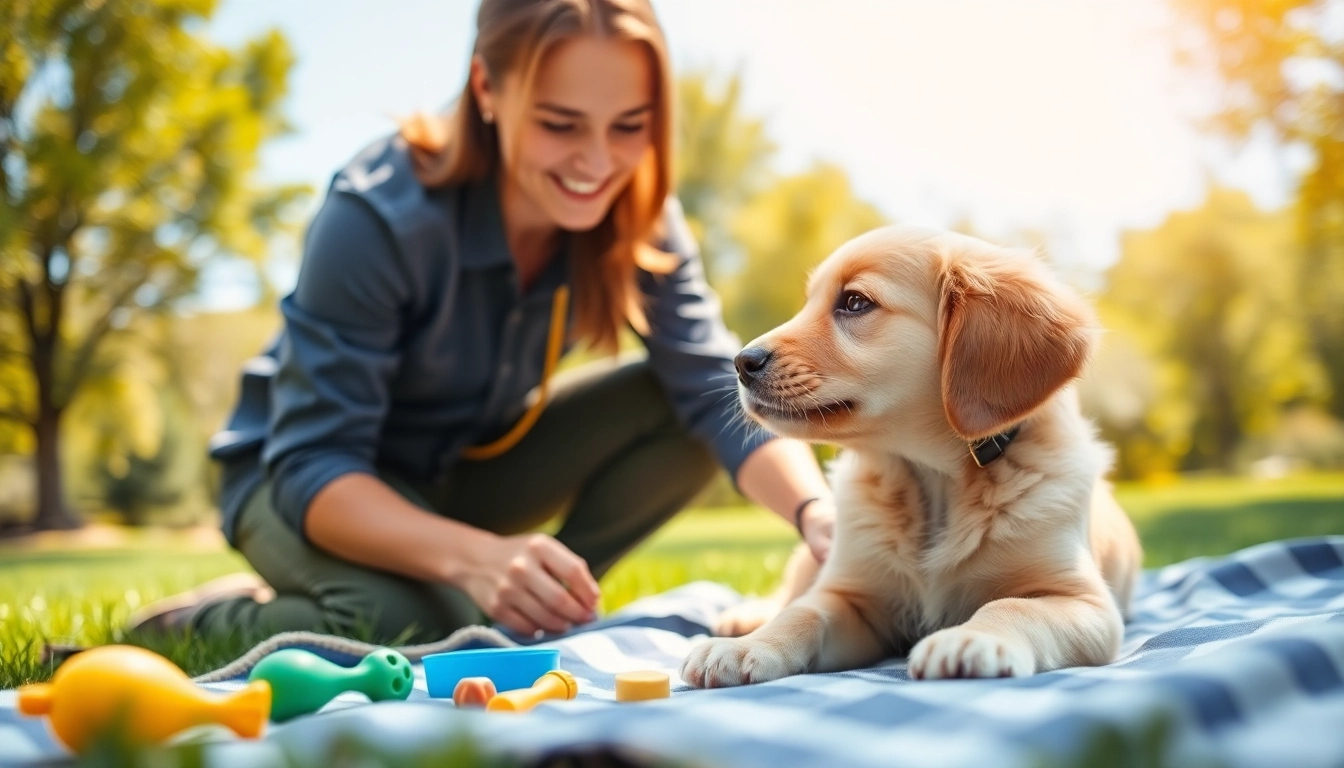Understanding Bengal Cats
History and Origins of the Bengal Cat
The Bengal cat is a domesticated breed resulting from crossbreeding between domestic cats and the Asian leopard cat (Prionailurus bengalensis). This unique lineage gives Bengals their striking appearance and vibrant patterns, reminiscent of wild cats. The breed was established in the 1970s when Jean Sugden, an American breeder, sought to create a hybrid that captured the beauty of a wild leopard while retaining the friendly temperament of a domestic cat.
Initially, breeding these hybrids faced challenges, including legal restrictions. However, the emergence of organizations like The International Cat Association (TICA) and the Cat Fanciers’ Association (CFA) helped legitimize Bengal breeding. Today, registered Bengal breeders adhere to strict guidelines and maintain the integrity of the breed, ensuring that Bengals are bred ethically and with care for their health and behavior.
Physical Characteristics of Bengal Cats
Bengal cats are celebrated for their stunning appearance. They possess a wild, exotic look with a muscular frame, a broad head, and large oval eyes that can range from green to gold. Their coats are short, dense, and soft, often possessing a glossy sheen. Bengals come in various patterns, including spotted, marbled, and rosetted, with colors such as brown, silver, and snow.
The rosetted pattern, similar to that of leopards, is particularly sought after and is a hallmark of the breed. This distinct coat pattern adds to their allure, making them a popular choice among cat lovers. Furthermore, their athletic build enables them to be agile climbers and energetic playmates.
Temperament and Behavior
Despite their wild appearance, Bengal cats are known for their friendly and social demeanor. They thrive on interaction with humans and are often described as playful and energetic. Bengals possess a curiosity that drives them to explore their surroundings, making them highly engaging companions.
They are intelligent and require mental stimulation to prevent boredom. This breed enjoys playtime with toys that encourage hunting behavior, such as feather wands and laser pointers. Additionally, Bengals often display a fascination with water, unlike most cats, making baths or even playing with running water an enjoyable experience for them.
Choosing a Registered Bengal Breeder
What Makes a Breeder “Registered”?
A registered Bengal breeder is one who is officially recognized by reputable cat breeding organizations like TICA or CFA. These organizations have strict guidelines and ethical standards that breeders must follow to ensure the health and well-being of their cats. Being registered not only provides a certification of pedigree but also ensures that the breeder adheres to responsible breeding practices.
Registered breeders are committed to maintaining the breed’s standards, conducting health tests, and ensuring that kittens are raised in a nurturing environment. This professional recognition also entails a degree of accountability, as these breeders must comply with regulations that promote humane treatment and care of their cats.
Key Questions to Ask a Breeder
When selecting a Bengal breeder, asking the right questions can provide valuable insights into their practices and the welfare of their cats. Here are some essential questions to consider:
- How long have you been breeding Bengals?
- What is your breeding philosophy? Do you focus on health, temperament, and appearance?
- Can you provide health testing results for the breeding parents?
- What care do you provide for your kittens during the early developmental stages?
- Do you have a return policy or support for potential issues after adoption?
These questions can help gauge the breeder’s commitment to excellence and their genuine care for the animals they produce.
Recognizing Ethical Breeding Practices
Ethical breeders prioritize the health and temperament of their cats, ensuring they adhere to the high standards set by the organizations they are affiliated with. Key indicators of ethical breeding practices include:
- Health Testing: Responsible breeders conduct genetic tests to screen for common health issues in Bengal cats, such as Hypertrophic Cardiomyopathy (HCM), progressive retinal atrophy (PRA), and others.
- Living Conditions: Kittens should be raised in a clean, safe, and stimulating environment that allows for socialization and proper development.
- Transparency: A good breeder will openly share information about their breeding practices, health testing, and be willing to answer any inquiries regarding their cats.
- Commitment to Lifelong Support: Ethical breeders remain available to provide guidance and support even after the sale, ensuring that pet owners can address any challenges they may face.
Health and Care for Bengal Kittens
Common Health Issues in Bengals
Bengal cats, like any breed, can be predisposed to specific health issues. Common health concerns include:
- Hypertrophic Cardiomyopathy (HCM): A genetic condition leading to heart disease, often requiring regular veterinary check-ups.
- Progressive Retinal Atrophy (PRA): A degenerative eye condition that can result in vision loss.
- Respiratory Issues: Bengals may also be prone to certain respiratory problems, especially if they come from poor breeding conditions.
- Allergies: Some Bengals may develop allergies to environmental factors, food, or parasites.
Regular vet check-ups, vaccinations, and preventive care are essential in ensuring the long-term health of Bengal cats.
Nutrition and Diet Recommendations
Providing a balanced diet is crucial for the health and vitality of Bengal kittens. Since Bengals are active and energetic, they require high-quality protein in their diets to support their growth and development. Here are some dietary tips:
- High Protein Diet: Look for cat food that lists high-quality meat sources like chicken, turkey, or fish as the primary ingredient.
- Moisture Content: Including wet food in their diet helps ensure hydration and adds variety.
- Avoid Fillers: Stay away from cat foods with excessive fillers, such as corn or wheat, which can lead to allergies and obesity.
- Consult with Your Veterinarian: Always discuss your pet’s nutritional needs with a veterinarian, especially during their growth stages.
Exercise and Socialization Needs
Bengal cats are highly active and require daily physical and mental stimulation. Here are some tips to meet their exercise and socialization needs:
- Interactive Play: Engage your Bengal with toys that simulate hunting, like feather wands, toy mice, and laser pointers.
- Cat Towers and Scratching Posts: Provide climbing structures to help them satisfy their natural climbing instincts and keep their claws healthy.
- Social Interaction: Bengals are social animals that thrive on interaction. Consider adopting two kittens so they can play and socialize with each other.
- Training: Positive reinforcement training can help stimulate their intelligence and strengthen your bond.
Finding Your Perfect Bengal Kitten
Understanding Different Bengal Patterns
Bengal cats come in several unique coat patterns, each with its appeal. Understanding these patterns will help you choose the right kitten for your aesthetic preferences:
- Spotted: Characterized by distinct spots, resembling those of a leopard, adds to their wild appearance.
- Rosetted: Featuring spots that resemble rosettes usually found on leopards, this pattern is highly sought after.
- Marbled: This pattern consists of swirls and blotches, often resembling a marble finish.
- Snow Bengals: These have a lighter coat with blue or icy-colored markings, creating a striking appearance.
Understanding these patterns can enhance your appreciation for the breed and help you select a kitten whose aesthetic fits your vision for your future pet.
The Adoption Process Explained
The process of adopting a Bengal kitten from a registered breeder usually involves several steps, including:
- Application: Many breeders require potential owners to fill out an application detailing their experience with cats and their home environment.
- Meet-and-Greet: Breeders may invite you to their cattery to meet the kittens and observe their living conditions.
- Deposit: Once you choose a kitten, you may need to place a deposit to hold your desired pet until they are ready for adoption.
- Final Adoption: After the final payment, you will typically receive documentation, including health records and registration papers.
Preparing Your Home for a Bengal Kitten
Before bringing your Bengal home, it’s essential to prepare your living space:
- Kitten-Proofing: Remove any hazardous items, such as toxic plants, small objects, and cables that could be chewed.
- Set Up a Safe Space: Designate a comfortable area for your new kitten to explore, complete with bedding, toys, and litter boxes.
- Food and Water Stations: Set up feeding areas in quiet places away from high-traffic zones.
- Veterinary Care: Schedule an initial vet check-up shortly after bringing your kitten home to establish a health baseline.
Future of Bengal Breeding
Trends in Bengal Breeding Practices
As the demand for Bengal cats continues to grow, breeding practices are evolving. Here are some trends shaping the future of Bengal breeding:
- Health Monitoring: Increasing awareness of hereditary health issues has led many breeders to adopt more rigorous health screening practices.
- Focus on Temperament: Ethical breeders are placing greater emphasis on the temperament of breeding cats to ensure they pass on friendly and interactive behaviors to their kittens.
- Environmental Sustainability: Some breeders are adopting more sustainable practices and carefully considering the environmental impact of breeding.
Community and Support for Bengal Owners
A growing community exists for Bengal owners, providing support and resources. Online forums and social media groups have become platforms for sharing advice, stories, and experiences among Bengal enthusiasts. Additionally, many breeders host events or participate in cat shows, promoting community engagement and education about the breed.
Importance of Responsible Ownership
Owning a Bengal cat comes with responsibilities, including providing a loving and engaging environment, regular veterinary care, and adherence to ethical breeding principles. Promoting responsible ownership is vital for the breed’s future, ensuring that Bengals remain healthy, happy, and well-adjusted companions.
For those considering adding a Bengal to their family, seeking out a Registered Bengal Breeder is a critical first step in finding the perfect companion while supporting ethical breeding practices.



